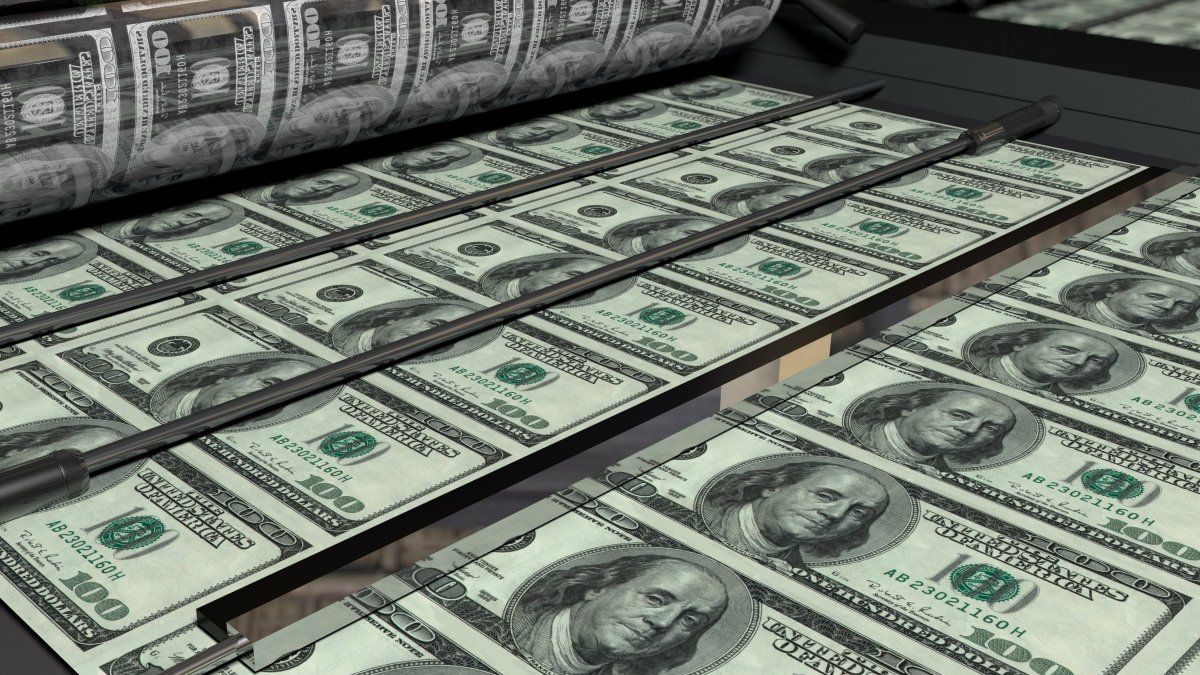Clearly the change of minister did not result in greater certainty, since the announcements have been lukewarm without attacking the root of the problem.
Today the problem has a double connotation. On the one hand the economic and financial imbalances, on the other the political leadership. The first is decidedly dependent on the second. There are no doubts about it.
The state of affairs requires a general political agreement, which transcends the ruling party and a figure of consensus as a minister.which ensures the delineation of a Simple exchange unification plan and fiscal goal, but also, and above all, with capacity and autonomy in execution. All conditions that seem difficult to achieve.
An exchange rate breakdown like the current one (150% gap) generates the worst incentives and paralyzes productive activity. The commercial dollar is very cheap (129) and the financial dollar is very expensive (337). It goes without saying that whoever imports intermediate goods for final production and sale in the country, generates good business to the extent that local prices are indexed to an exchange rate closer to the MEP than to the official one.
For the industrial exporter, the effect should be neutral, since he also settles foreign exchange at 129. The problem is that those currencies are 100% rationed in many cases.
Secondly, the time cycle between the obligation to liquidate foreign currency and the need to match the export pre-financing becomes difficult. The BCRA has responded to this concern with a resounding no. For the end we leave whoever produces with local prices and exports, to liquidate 129. This receives the greatest negative impact, if in addition to that amount it has withholdings. Of course, your decision will be basically based on the international price of agrocommodities.
Minister Batakis resolved to formalize the exchange split for receptive tourism, so that foreigners can liquidate the dollars that enter the country at the I quoteP but legally, as a way to stop feeding the blue channel.
Prima facie, the measure can help decompress this channel, which acts only as a thermometer, but has no influence at the aggregate level. However, it adds further distortion, as local residents continue to kill the officer.
conclusion
Once again, such imbalances leave the economy without price references.
- Negative net IRR
- Gap 150%
- Primary deficit and debt in pesos with very short maturities and adjusted for inflation.
- Inflation rate running at 100% for the next 12 months.
- Need to issue pesos to cover fiscal gap.
- 80% of expenses indexed to past inflation. In other words, the model closes with high inflation, understood as a tax.
The imbalances are too many and so is the uncertaintyfree dollars do nothing more than collect this information and endogenously adjust upwards.
Forward Market
The prices of dollar futures contracts today price a devaluation of the official dollar. They all go up in a big way. All trade on average with an implicit devaluation rate of 90% TNA. That is, for example, position sep22 is worth 152.40. This price includes an implicit devaluation rate for 09/30/2022 of 90% annual nominal.
Will such a devaluation finally occur? Impossible to know. What we can do is take the coverage.
Source: Ambito
David William is a talented author who has made a name for himself in the world of writing. He is a professional author who writes on a wide range of topics, from general interest to opinion news. David is currently working as a writer at 24 hours worlds where he brings his unique perspective and in-depth research to his articles, making them both informative and engaging.




